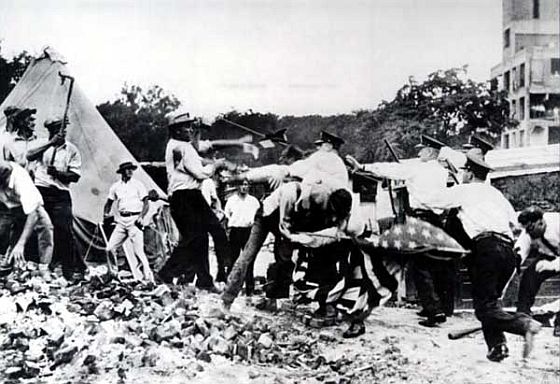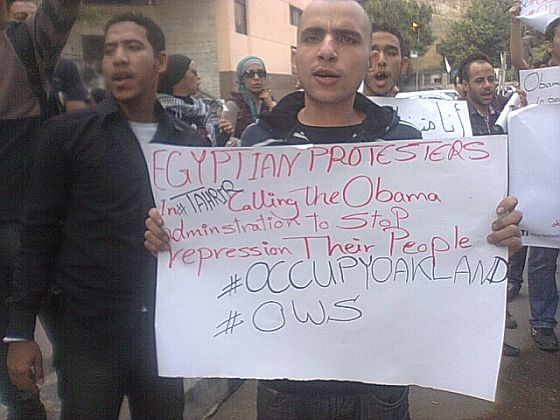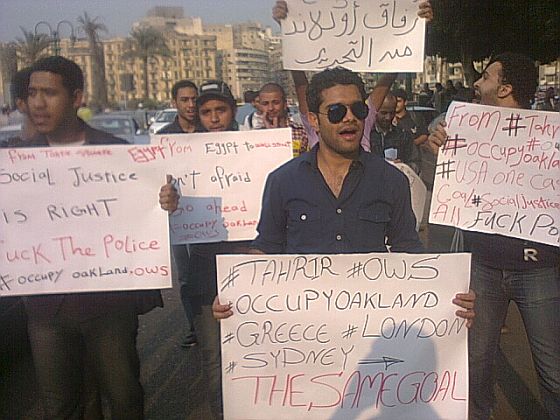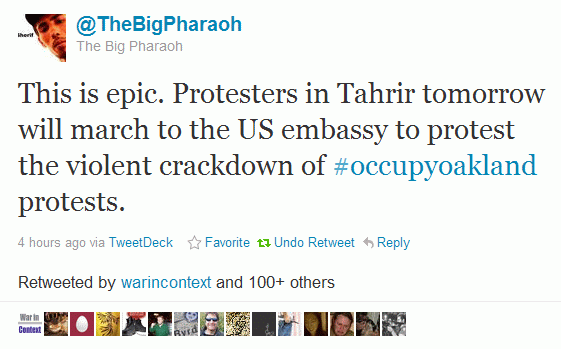Ken Costa, one of the best-known investment bankers in the City, London’s financial district, recognizes that the Occupy movement resonates with a wide constituency that cannot be ignored.
A cloud of public anger has appeared on the horizon; it is growing. It may currently be no bigger than a man’s fist but it presents us with a clear choice to take the underlying arguments seriously and to strengthen the foundations of the market economy or to risk the consequences.
When such a wide range of people are singing a tune perhaps discordant to a City worker’s ears but seemingly in tune with the global view that the market economy has failed to deliver growth, jobs, and hope, we need to listen. The cure is not more legislation, or increased regulation. It is the pressing need to reconnect the financial with the ethical.
Free markets may be free in the sense that they permit uncoerced transactions between individuals but they do not exist in a moral vacuum. For markets to work freely, they need somehow to be nurtured and sustained by a moral spirit. This is not the box-ticking morality with which we have become familiar but somehow, improbable as it may seem to the many critics of the City, by a desire to do well, by doing good.
This argument is conservative inasmuch as it was outlined by Adam Smith who regarded moral foundations as integral to the success of the market economy. It is also radical in that it reflects the desire for change prevalent in the emerging generation. So what do I mean by “connecting the financial and the ethical”?
First we have to recognise that there is such a thing as morality. Good and bad do exist, not simply as opinions. They are objective rather than subjective; real rather than endlessly pliable; relevant to public life rather than restricted to private life; and, above all, necessary.
Put bluntly, ultimately businesses cannot work, banks cannot lend, economies cannot function and societies cannot flourish without mutual trust and respect, or without fundamental honesty and integrity. In the short term they can, as we have also seen, much to the advantage of practitioners. But such a system is simply unsustainable.
Second, we all need to learn the grammar of morality, not in a judgmental way but by becoming more comfortable in thinking, writing and talking openly about values and ethics. For many this will be like learning an entirely new language.
Third, leaders need to show that they read the signs of the times. Governments will not be able to resist the continuing anger and will be goaded by ever more strident calls for intervention. They have to advance the case for the free market vigorously in language that is compelling to this generation. We will only win the debate if we take seriously the need to reconnect the robust desire for profit and financial incentives that is core to the free market economy with the moral values that are its foundation. The price of economic freedom is moral vigilance. We forget this at our peril.




